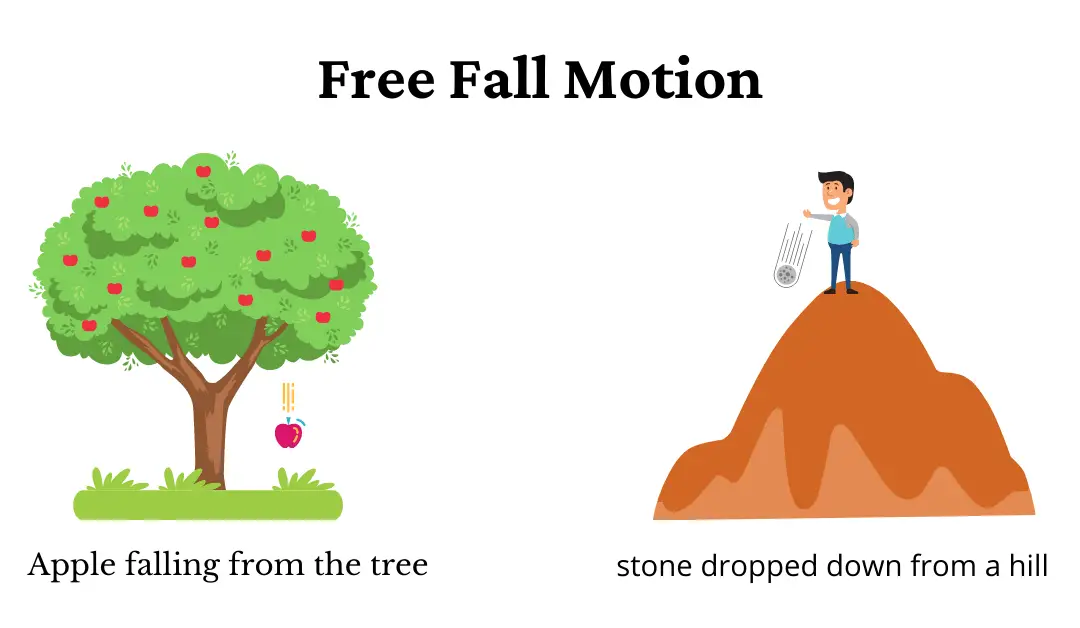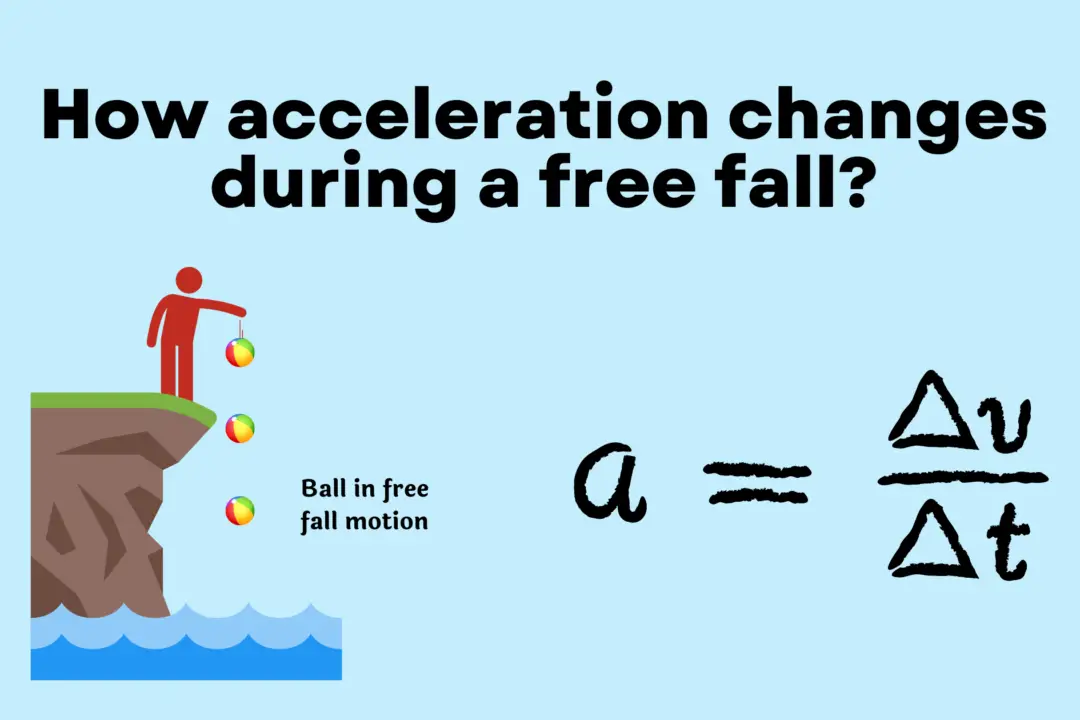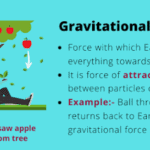Acceleration of free fall is a fundamental concept in physics that describes the acceleration experienced by an object due to the force of gravity when it is in free fall near the surface of the Earth. This concept is foundational for understanding motion under the influence of gravitational forces.
What is the Acceleration of Free Fall
The acceleration of free fall, often denoted as \( g \), is defined as the acceleration experienced by an object falling freely near the Earth’s surface, uninhibited by any other forces like air resistance. In terms of vector quantities, it can be represented as:
\[
\vec{g} = -9.81 \, \text{m/s}^2 \, \hat{j}
\]
Here, \( -9.81 \, \text{m/s}^2 \) is the magnitude of the acceleration, and \( \hat{j} \) indicates its direction, which is downward.
Determinants and Variations
Altitude
The value of \( g \) is not a constant for all altitudes. At higher altitudes, \( g \) is slightly less due to the increased distance from Earth’s center.
Latitude
Acceleration due to gravity also varies with latitude. It is slightly less at the equator compared to the poles due to the Earth’s rotational effects.
Local Variations
Various geological factors, such as the density and composition of Earth’s crust, can also contribute to minor local variations in \( g \).
Acceleration of Free Fall Formula
In the absence of air resistance and other forces, the second equation of motion (see Second Equation of motion by graphical Method) for an object under free fall is:
\[
d = v_i t + \frac{1}{2} g t^2
\]
Where:
- \( d \) is the displacement
- \( v_i \) is the initial velocity
- \( t \) is the time
- \( g \) is the acceleration due to gravity
Comparison of Acceleration of Free Fall and Acceleration Due to Gravity
The terms “acceleration of free fall” and “acceleration due to gravity” are often used interchangeably, especially in the context of motion near the Earth’s surface. Both describe the acceleration an object experiences when influenced solely by Earth’s gravitational pull and typically have a magnitude of \(9.81 \, \text{m/s}^2\).
However, there are subtle differences in their scope. “Acceleration of free fall” is specifically related to objects falling freely near the Earth’s surface and usually assumes no other forces are acting on the object. “Acceleration due to gravity” is a more general term that can apply to any object influenced by a gravitational field, including those in orbit or on other celestial bodies.
Comparison in tabular form
| Criteria | Acceleration of Free Fall | Acceleration Due to Gravity |
|---|---|---|
| Definition | Acceleration is experienced by an object falling freely near the Earth’s surface. | General acceleration an object experiences due to the gravitational attraction from a massive body. |
| Symbol | \( g \) | \( g \) |
| Magnitude Near Earth’s Surface | \( -9.81 \, \text{m/s}^2 \) | \( 9.81 \, \text{m/s}^2 \) |
| Directional Context | Generally considered in the downward direction (\( \hat{j} \) axis). | Can be in any direction, depending on the context. |
| Context of Usage | Usually discussed in terrestrial contexts, particularly near Earth’s surface. | Applied in broader contexts, including other celestial bodies and orbital mechanics. |
| Variation with Altitude | Yes, decreases with increasing altitude. | Yes, decreases with increasing distance from the center of the massive body. |
| Applicability to Other Celestial Bodies | Primarily considered for Earth. | Applicable to any massive body like the Moon, Mars, or a star. |
Questions and Answers
What is the unit of \( g \)?
The unit of \( g \) is \( \text{m/s}^2 \) (meters per second squared).
How does \( g \) affect the velocity of a freely falling object?
The velocity \( v \) of a freely falling object at any time \( t \) is given by:
\[
v = v_i + gt
\]
Why is \( g \) negative?
The negative sign in \( -9.81 \, \text{m/s}^2 \) indicates the direction of the acceleration, which is downward, opposite to the upward direction generally considered positive in coordinate systems.
Also, visit our article on Coordinates in Physics
What is the value of \( g \) on other planets?
The value of \( g \) varies from planet to planet based on their mass and radius. For instance, \( g \) is approximately \( 3.71 \, \text{m/s}^2 \) on Mars.
How is \( g \) measured?
Various methods like the pendulum method and gravimeter instruments are used to measure \( g \).
Is \( g \) constant throughout a free fall?
No, \( g \) is considered constant only for motion near the Earth’s surface. For greater altitudes, one must account for the varying gravitational force.
Further Reading
By understanding the acceleration of free fall, one gains a clearer comprehension of gravitational forces and motion under gravity. This knowledge is pivotal for various applications ranging from simple projectile motion problems to advanced studies in astrophysics.





